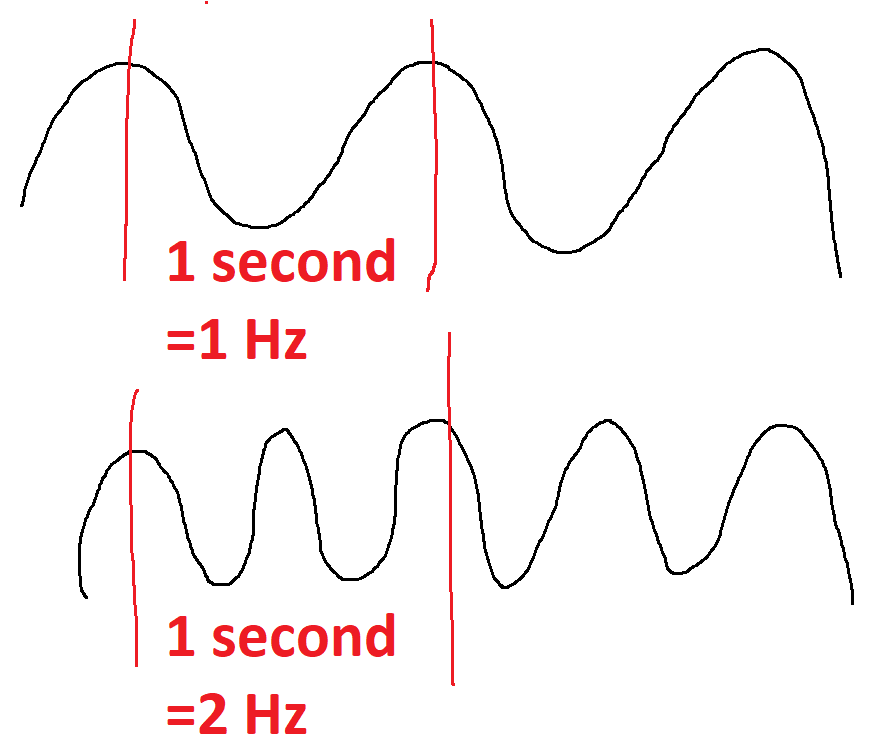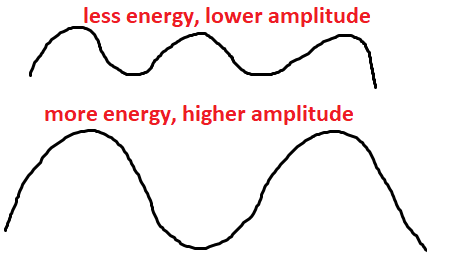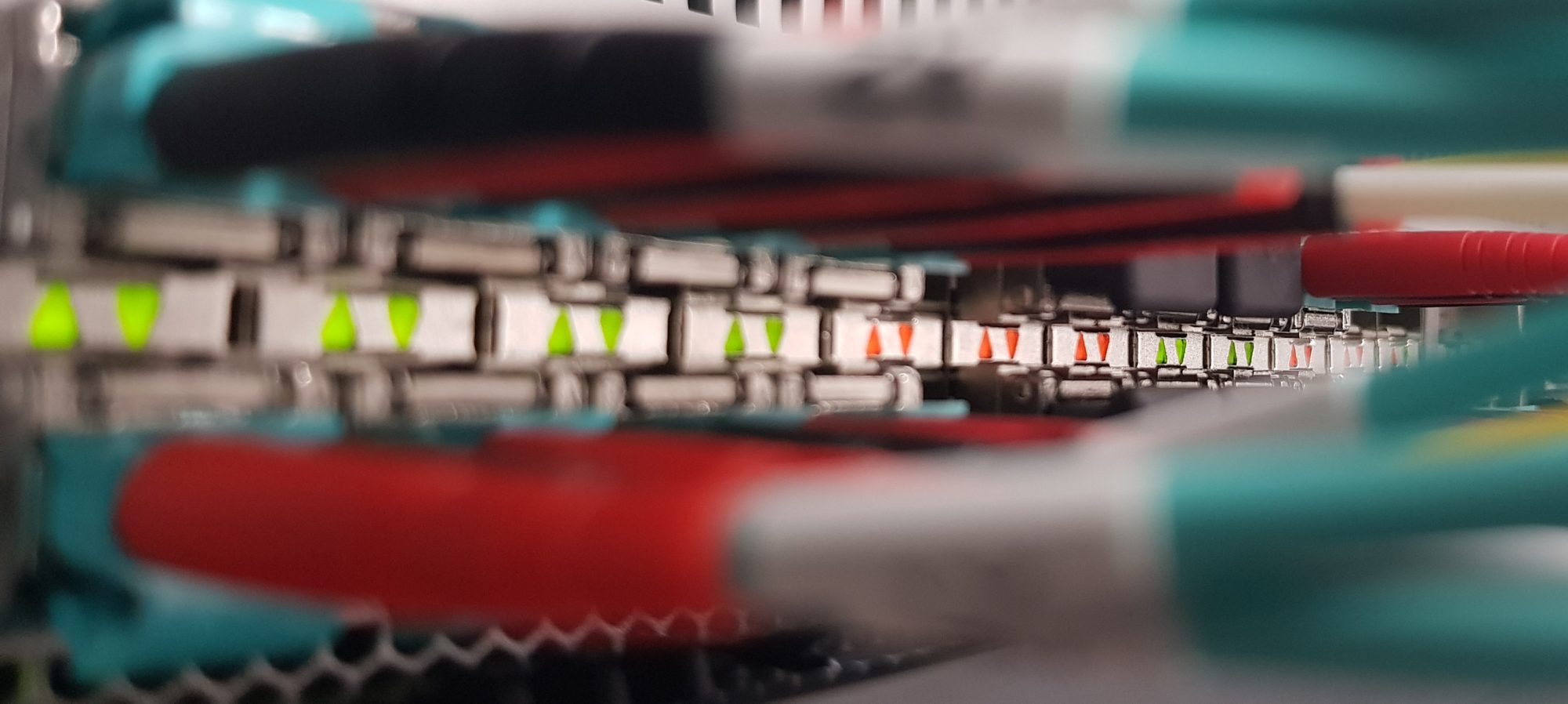In this part I try to describe the basics of Radio Frequency.
If you design und debug WLAN network you need a basic overview how this works.
The basic, how every RF communication works, it’s an Electronic-Magnetic Field. It is send in Wave-Forms away from the device. Imagine a pond and you throw a stone into it, the wave are getting away from the point the stone hits the water, like the radio-waves of an AP. Also the situation while the waves are moving further and further we’re talking about the attenuation. This means the decrease of a signal while moving through the room, away from the sending point, the energy getting less and less.
This how a simple waveform looks like:

So what is the Frequency? A nice example is to measure how many times you can wave your hands in one second? I think two times should be okay :). The result are 2 Hertz/Hz and that’s it. The image below shows it, how many „wave’s“ the signal does in 1 second.

You see, the wavelength decides how many Hz are possible by a signal. The wavelength is also measurable if you measure he distance between peaks within a cycle.
It’s important to remember:
-> short wavelength = higher frequency, more cycles per second, short range
-> long wavelength = lower frequency, less cycles per second, further range
The Amplitude is the „height“ of the signal, example: If I throw a large rock into a pond the wave is getting higher rather than I throw a small rock. The waves are getting further, because of more energy. It simply looks like this:

RSSI – Received Singal Strentgh Indicator
Now we now how the signal looks like but how could we measure it?
The solution is the RSSI, the closer we get to 0, the better it is.
With the RSSI we can decide how good a WLAN is received at out station
The wireless problems 🙂
– Path lost -> your RSSI is too low to remain connected, too far away from the AP
– Scattering -> a foggy day an do this and it prevents the signal to get’s further
– Lead -> very funny, because I’ve never seen this – at hospitals or power plants, okay but not in normal houses our buildings. But there can be other obstacles such as ferroconcrete walls or many other things that can absorb signal strength.
– Reflections and multipathing are situations that are not unnormal. It’s simple the signal that arrives via different path at the receiver, because it’s getting reflected by obstacles. Because the signals arriving not at the same time, let’s say 180 degree, the UP of signal one is canceled out by the down of signal 2. If the signal is some degrees out of phase we call it „downfade“, is the signal in phase we call it „upfade“ -> stronger signal.
– Noise is a big player in todays wireless networks. It’s the „sound“ of other individuals, talking at the same frequency as we do. This can be another WLAN or a device thats generating waves at this frequency we also use.
At least we can also measure the distance between the RSSI, that the indicator how good we receive the signal, and the noise, the interference.
The result is the SNR, Signal to Noise Ratio. A lower value shows that the noise almost loud as we hear the signal we want to listen to.
Imagine a music festival and of course this can is a noisy place. Your’re in front of the stage and trying to talk to a friend, that’s a hard job. Because the sound of the band, for example RAMMSTEIN^^ is sooooooo loud, your friend can’t understand anything. So the band makes the noise and you’re voice is the signal. Here the noise is so high that your signal is not being received. I hope this is helpful 😀
